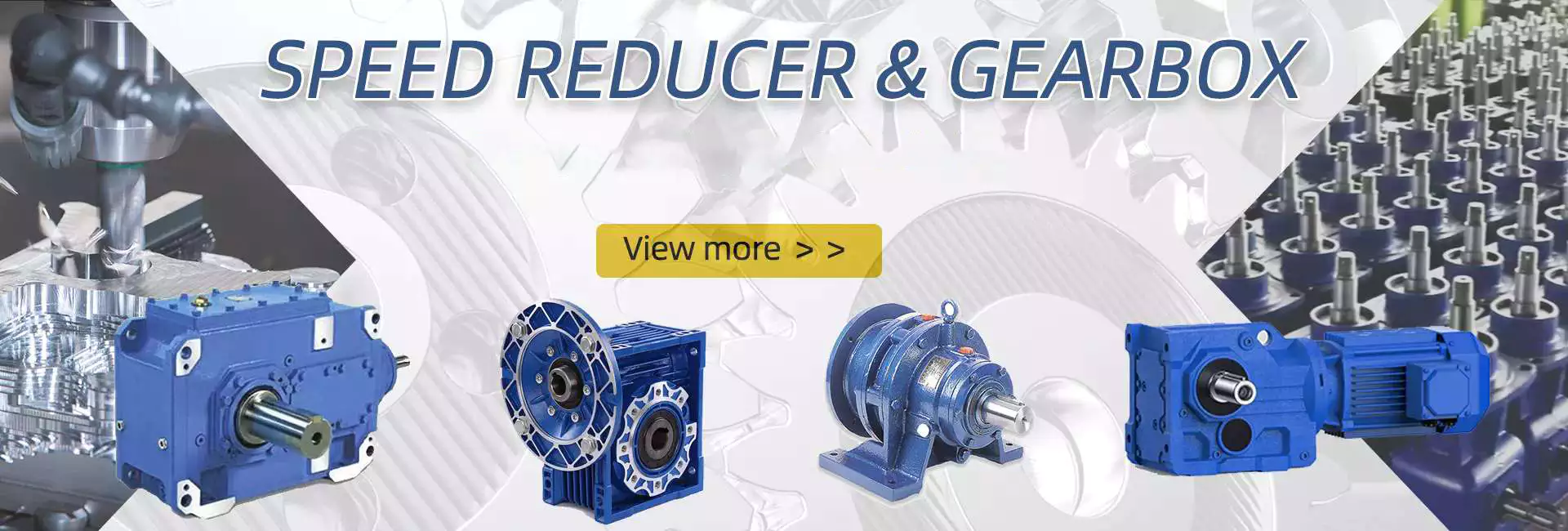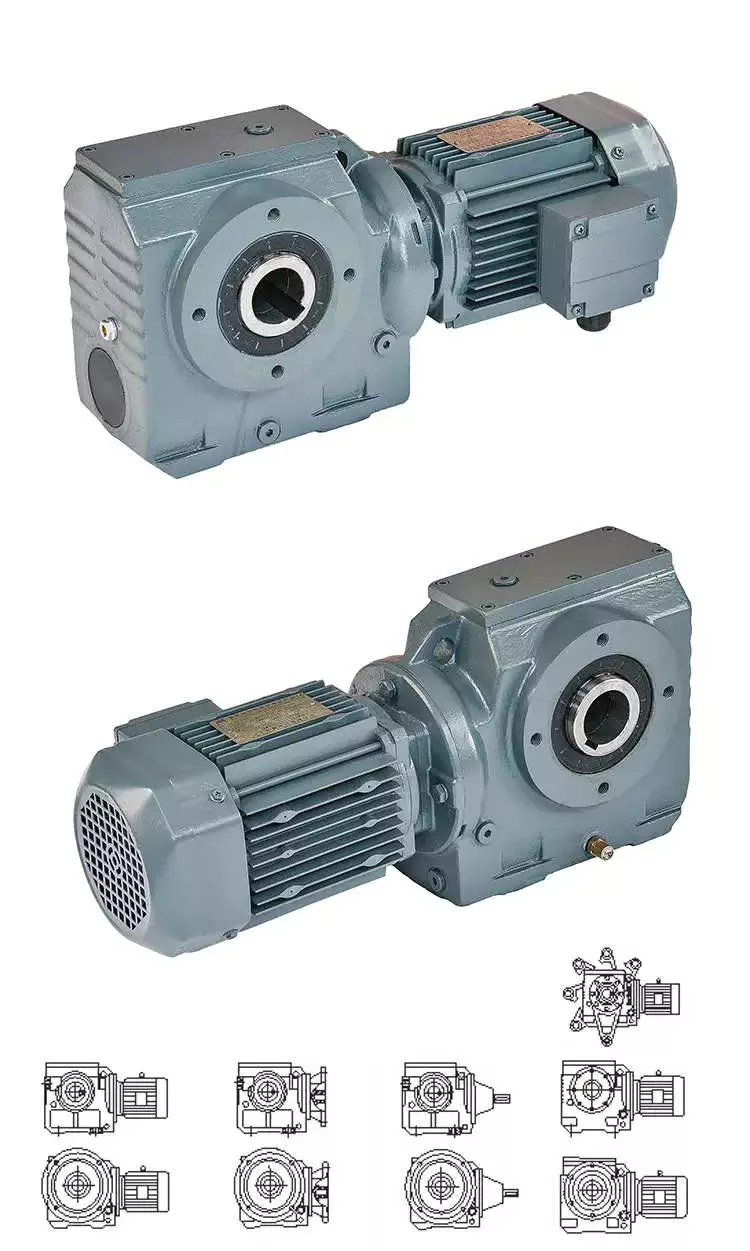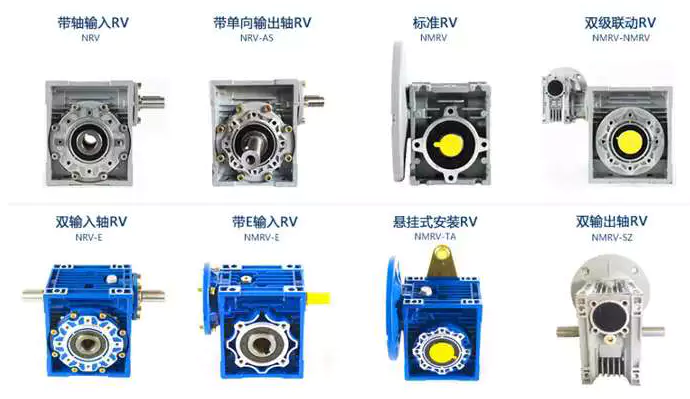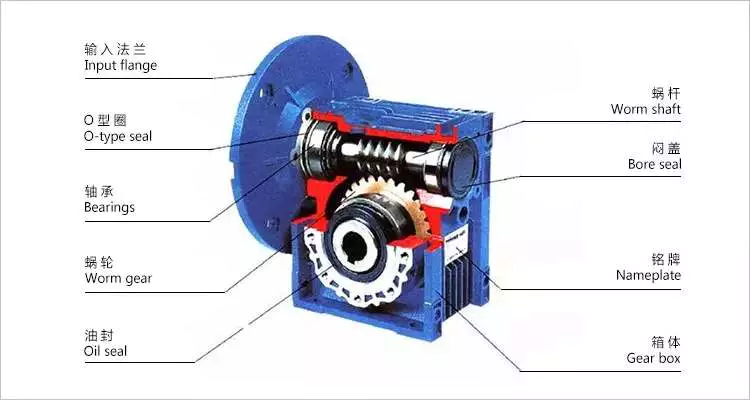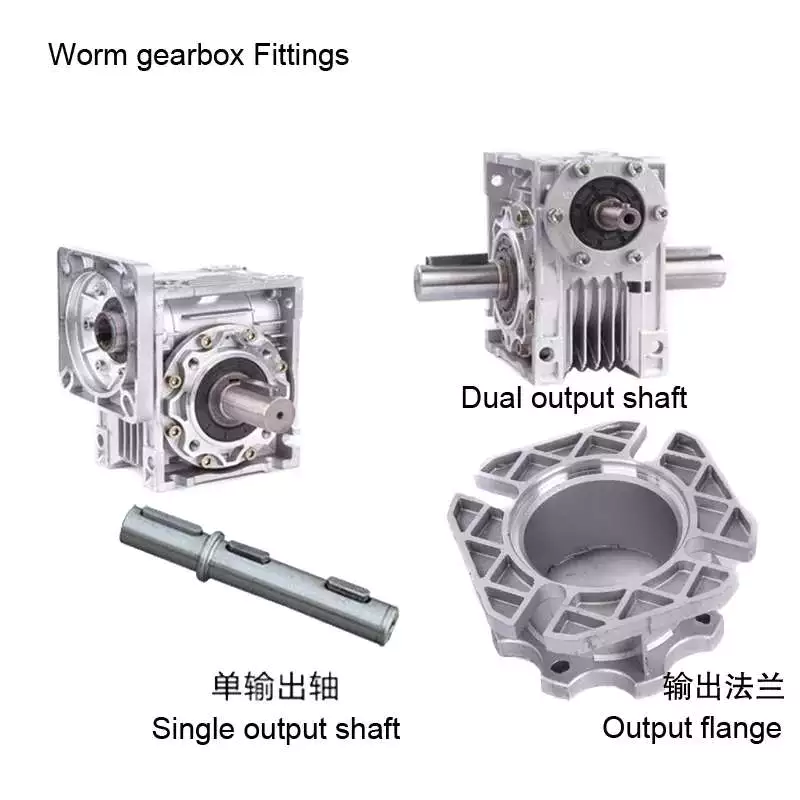Relevant Industries: Industrial robots, production automation
Excess weight (KG): eleven KG
Gearing Arrangement: Planetary
Output Torque: one hundred-160Nm
Enter Speed: 4000-8000RPM
Output Pace: 1-10000RPM
Item title: Greatest quality worm gearbox reduction gearbox worm gear reducer
Ratio: 3-10, 15-100
Micro Backlash PO: ≤1
Micro Backlash P1: ≤3
Micro Backlash P2: ≤5
Mounting Placement: All directions
Application: Industrial robots, creation automation
Packaging Information: Plastic bag, foam and carton for every established of planetary reducer. Or as asked for.
Port: ZheJiang
Best good quality worm gearbox reduction gearbox worm equipment reducer
YK precision planetary gearbox reducer attributes:Reduced sounds: <65dbLow backlash: Min 3arcs for Single stage, Min 5 arcs for Double phase.Large torque: Higher torque when compared to exact same amount normal planetary gearbox reducer.Substantial balance: Higher-toughness alloy steel as content, hardening remedy for the whole equipment parts but not only floor hardening.High reduction ratio: Modular design and style to guarantee the large precision connection.
Specialized Parameters of TER120
| Phase | Device | A single Stage | Two Stage |
| Ratio | i | three, 4, 5, 6, 7, 8, 9, 10 | fifteen, twenty, twenty five, thirty, 35, forty, forty five, fifty, sixty, 70, eighty, ninety, a hundred |
| Nominal Output Torque T 2N | Nm | one hundred thirty, one hundred forty, 160, one hundred fifty, one hundred forty, 120, 100, one hundred | a hundred thirty, a hundred and forty, 160, a hundred and fifty, 140, 120, a hundred, one hundred sixty, 150, 140, one hundred twenty, a hundred, 100 |
| Crisis Cease Torque T 2NOTone | Nm | 3 Occasions of Nominal Output Torque | three Times of Nominal Output Torque |
| Nominal Input Pace n 1N | rpm | 4000 | 4000 |
| Max Input Velocity n 1B | rpm | 8000 | 8000 |
| Micro Backlash P0 | arcmin | ≤1 | ≤1 |
| Micro Backlash P1 | arcmin | ≤3 | ≤5 |
| Micro Backlash P2 | arcmin | ≤5 | ≤7 |
| Torsional Rigidity | Nm/arcmin | 7 | 7 |
| Max Radial Load F 2rBtwo | N | 3250 | 3250 |
| Max Axial Load F 2aBtwo | N | 1625 | 1625 |
| Support Existence three | hr | 20000(Repeatedly 10000) | 20000(Repeatedly 10000) |
| Effectiveness η | % | ≥97% | ≥94% |
| Fat | kg | 3.7 | five.three |
| Working Temp | °C | -10°C ~ +90°C | -10°C ~ +90°C |
| Lubrication | Synthetic Lubrication Oils | Artificial Lubrication Oils | |
| Mounting Position | All direcstions | All direcstions | |
| Sounds (n=3000rpm, i=10, No load) | dB(A) | ≤60 | ≤60 |
| Mass Moments of Inertia Jone | kg.cmtwo | .sixty one, .48, .47, .45, .forty five, .forty four, .forty four, .44, 044 | .forty seven, .47, .47, .47, .forty seven, .forty seven, .47, .44, .44, .44, .44, .44, .44 |
2. Used to the output shaft centre at 100rpm.
3. For steady procedure, the services lifestyle time is no less than ten,000hrs.
Company Data and Our Provider Packing and Shipping and delivery FAQQ: How prolonged is your supply time?A: Normally it is ten days if the merchandise are in stock. or it is around 30 days if the items are not in inventory, it is according to quantity.
Q: Do you offer samples ? is it totally free or added ?A: Of course, we could supply the sample but not cost-free, and do not shell out the cost of freight.
Q: What is your phrases of payment ?A: Payment=1000USD, 30% T/T in progress, equilibrium prior to shippment.If you have another concern, pls come to feel free of charge to get in touch with us as beneath:
A-Drive PWC single worm reducer
A worm gear is a gear used to reduce the speed of a mechanical device. Often used in the automotive and shipbuilding industries, these gears have a lifespan comparable to many other types of reducers. As a result, worm gears continue to be popular with engineers.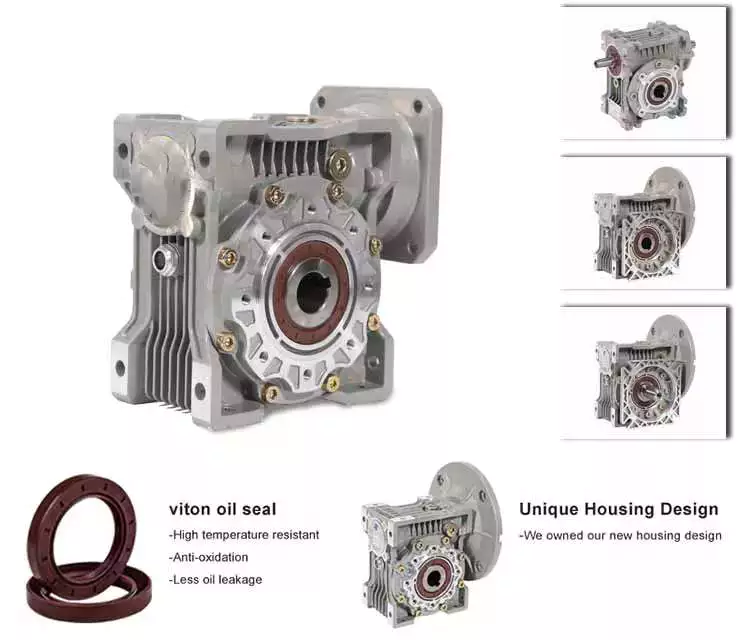
Agknx driver
Conical drive worm reducers are an excellent choice for a variety of applications. The double-enveloping worm gear geometry of the Agknx Drive reducer provides a larger contact area and higher torque carrying capacity. This specialized gear system is also ideal for applications requiring higher precision.
Agknx Drive’s products are ideal for the solar, packaging, steel, food and pulp and paper industries. Additionally, Agknx Drive’s products are ideal for motion control and medium to heavy duty applications. The company’s dedicated sales and service teams are available to assist with your specific needs.
Agknx drive worm gear reducers are available in single, double and triple reductions. Depending on the application, a single stage unit can transport up to 7,500 lbs. of torque. Its low-cost, compact design makes it a convenient option. Conical drive gearboxes are versatile and durable.
X & H
X & H worm gear units feature worm gear sets and are available in two different series. The X-Series includes XA versions with shaft and XF to XC versions with motor mounts. Compared to the XC compact series, the XF series offers outstanding versatility and higher efficiency. The H series combines the features of the X series with a spur gear pre-stage on the input. The H series has a die cast aluminum housing and cast iron shaft.
The X & H Worm Reducer Series “H” helical gears are compatible with NMRV and C side input 56F wired motors. These gear reducers are low cost and easy to install. They feature a cast iron housing and four threaded mounting holes.
RV seriese aluminum right angle
RV seriese aluminum right angle worm reduces versatility and durability. They are available in a variety of sizes including 25, 30, 40, 50, 63, 75, 110, 130, 150. Featuring standard NEMA motor input flanges and torque arm or foot mounting options, these reducers are ideal for a variety of applications.
RV series worm gear reducer is made of high-quality aluminum alloy with compact structure. It also features light weight, corrosion resistance and low noise. Its housing is made of die-cast aluminum alloy, while the worm gear is made of 20CrM. The worm gear is heat treated by carbon quenching to increase its hardness. The thickness of the carbide layer is between 0.3-0.5mm.
These worm gear reducers have multiple functions to maximize efficiency. In addition to being corrosion resistant, they are available in a variety of sizes to suit any application. Other features include a corrosion-resistant cast iron housing, enclosed breather, double-lip seal and magnetic drain plug. These worm gear reducers are available with single or dual input shafts and are interchangeable with NMRVs.
Aluminum alloy right angle worm reducer is a light, durable and efficient gear reduction device. Its compact design makes it lighter than other gearheads, while its rust-resistant surface and long life make it an excellent choice for industrial and automotive applications. It is available in a variety of sizes, including inches.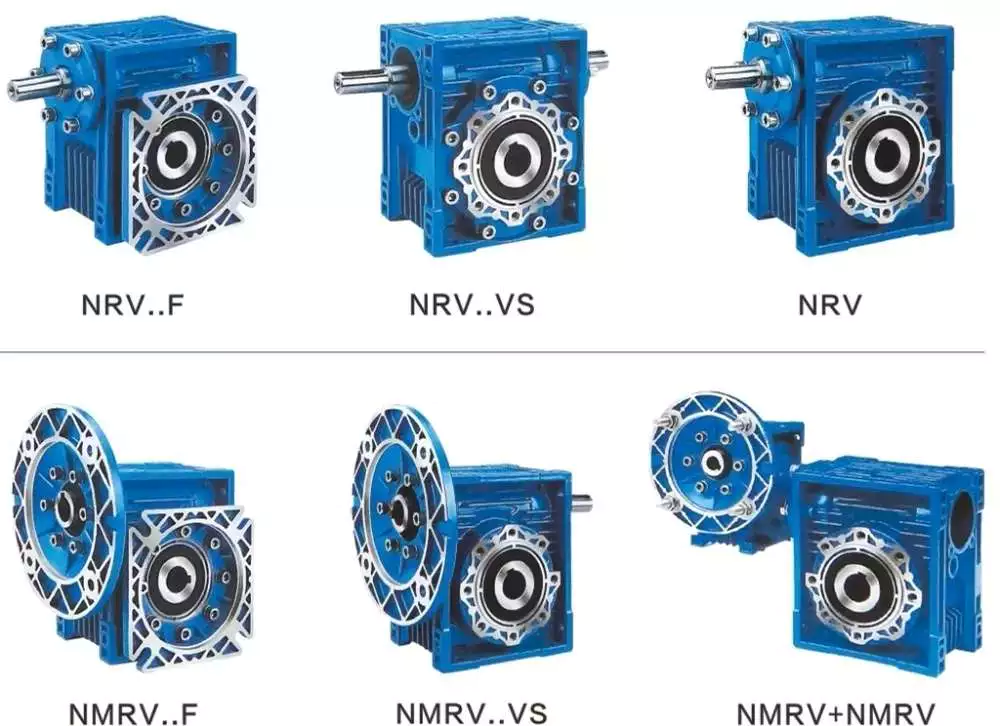 AGknx Single
AGknx Single
Worm reducers can be classified as sacrificial gears. It is used to reduce the torque of the machine. It has two parts: a worm and wheels. The worm can be made of brass or steel. Brass worm gears corrode easily. Phosphorus EP gear fluid can run on brass worm gears. It creates a thin oxide layer on the gear teeth, protecting them from impact forces and extreme mechanical conditions. Unfortunately, it can also cause serious damage to the brass wheels.
Worm reducers work by transferring energy only when the worm is sliding. This process wears away the lubricating layer and metal of the wheel. Eventually, the worm surface reaches the top of the wheel and absorbs more lubricant. This process will repeat itself in the next revolution.
Worm reducers have two benefits: they are compact and take up little space. They can slow down high-output motors while maintaining their torque. Another important feature of the worm gear reducer is its high transmission ratio capability. It can be installed in both vertical and horizontal positions, and a bidirectional version is also available.
Worm gears have some complications compared to standard gear sets, but overall they are reliable and durable. Proper installation and lubrication can make them sturdy, efficient devices.
A-Drive AGknx Single
If you’re considering purchasing a new worm gear reducer for your A-Drive AGknx single, you need to understand your goals. While single-stage worm reducers can be used, their reduction ratios are often limited. In most cases, they can only achieve a reduction ratio of 10:1. However, there are other types of gears that provide additional speed reduction capabilities.
The worm reducer consists of two parts: the input worm and the output worm. Each component has its own rotational speed, the input worm rotates in a single direction and the output worm wheel rotates vertically. In a five-to-one ratio, the input worm rotates five times for each output worm. Likewise, a 60-to-1 ratio requires 60 revolutions of each worm. Due to this arrangement, the worm reducer is inefficient. Gear reduction is inefficient due to sliding friction rather than rolling friction.
Worm reducers are also susceptible to thermal stress. They run hotter than hypoid reducers, which reduces their useful life. In addition to higher heat, worm reducers can experience component failure over time. In addition, an oil change is imminent due to the deterioration of lubrication.
The worm gear reducer of the A-Drive PPC single is a direct drive gearbox for personal watercraft. It has bronze bushings, aluminum gears, and a spool box. The spool box has a quarter-inch plated spool to wrap 1/4-inch 7 x 19 aircraft cable. Its design also makes it a more efficient alternative to belt-driven AGknx cranes.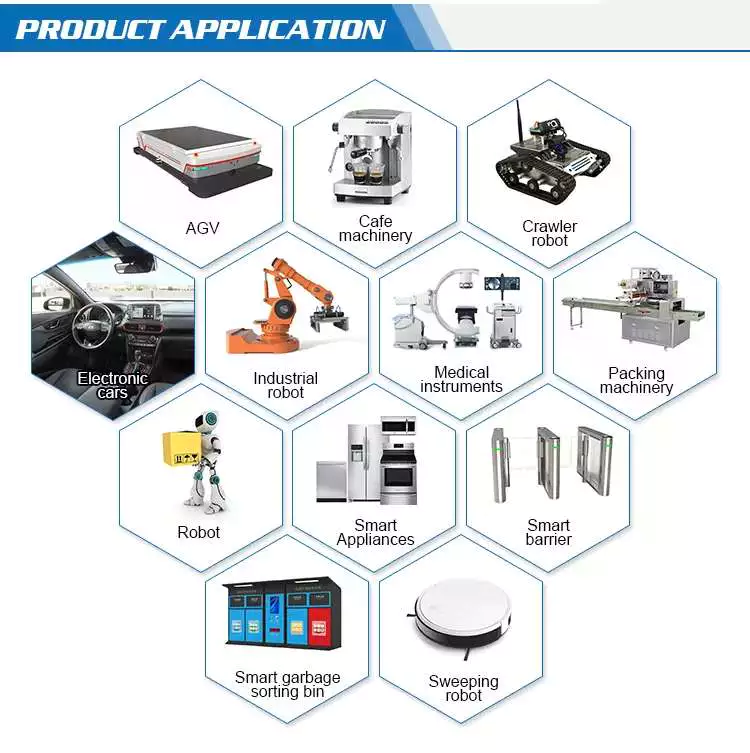 AGknx X & H
AGknx X & H
The AGknx X & H worm gear reducer series is a high-performance universal mount worm gear reducer. It features a spur gear primary on the input for higher performance and a wider range of gear ratios. Its design also allows it to be used with a variety of input shaft types, including shaft and closed-coupled applications.
It is available in a variety of sizes, including popular frame sizes 90 and 110. The worm shaft is made of case-hardened alloy steel with a cast iron hub and bronze ring gear. The standard output shaft is hollow. There are also models with dual single-shaft outputs.


